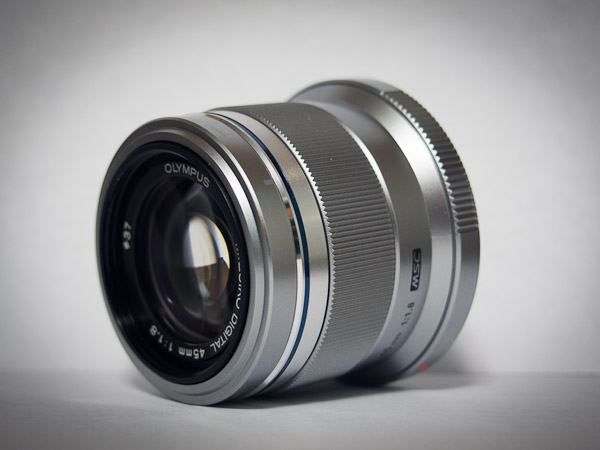
While the micro 4/3 system has gotten off to a good start in terms of lenses (35 at last count – full list here), there are still plenty of gaps in the lineup. Worse, Olympus and Panasonic seem to have decided that iterating over the same ho-hum designs is just as important as filling in important gaps. The end result is that while for instance there are 6 different 14-4x mm standard kit zoom lenses (3 from each manufacturer), there is not a single fast lens past 100mm.
So below I have listed the top 10 missing lenses for the system, in order of importance (greatest to least):
50-200mm f/2.8-3.5 quality telephoto zoom – this lens was a major draw of the regular 4/3 system. It offered a combination of reach, good quality output, and a reasonably wide aperture, as well as weather-sealing. Micro 4/3 presently lacks both sharp and fast telephotos, and there’s nothing even rumored past 100mm.
12-50mm f/2.8-3.5 quality standard zoom – the ‘High Grade’ zooms were the jewels of the Olympus 4/3 lineup. Micro 4/3 has plenty of slow zooms, and one fast but expensive limited-range zoom (Panasonic’s 12-35/2.8), but nothing that’s both sharp and not slow. The 14-54/2.8-3.5 was long a bestseller, and it desperately needs a micro 4/3 successor.
200mm f/2.8 long telephoto prime – a long fastish prime is a staple for sports shooters and long landscape photographers. The Olympus 75/1.8 helps on one end, but a 200/2.8 is the logical companion for longer shots.
35mm f/2.8 short macro – macro lenses are popular among enthusiasts, and rightly so. However, m4/3 has only two dedicated macro options, and both are priced steeply. Moreover, neither is a short macro.
17mm f/1.8 fast wide prime – there are a good many prime lenses for m4/3, and while the popular 17mm length has two options, neither is even close to ideal. Voigtlander’s 17/0.95 is sharp, but large and does not support autofocus. Olympus’s 17/2.8 is neither sharp nor fast. A compac,t high quality 35mm equivalent lens with AF is a must for a system that aspires to be the modern replacement for the rangefinder cameras of yesterday.
300mm f/4.0 supertelephoto prime – given the reach provided by the 2x ‘crop factor’ of the micro 4/3 sensor, a high quality 300mm prime is an obvious lens to for bird and other wildlife photographers who need reach but would prefer to save on weight. The existing 75-300 and 100-300 zooms are too slow to be used in anything but the brightest light, and too soft for more than casual amateur use.
50mm f/1.2 fast portrait prime – the current portrait lens of choice is Olympus’s 45/1.8, but the maximum aperture is a bit too small to yield the shallow depth-of-field look favored in so many portraits. An f/1.2 lens would fix that. While SLRMagic does have a 50/0.95, that lens lacks autofocus and doesn’t really offer the smooth out-of-focus look that is preferred.
8-16mm f/2.8 fast ultrawide zoom – there are 2 ultrawide zooms for m4/3. One is fairly sharp, but doesn’t support filters. The other isn’t so sharp and is quite slow. An 8-16 with a decently fast aperture and the ability to use screw-in filters (neutral density for example) would answer the prayers of a good many landscape photographers.
100mm f/2.8 long macro – long macro lenses are a specialized item, but for insects and other subjects where significant working distance is needed, they are invaluable. Canon, Nikon, Sigma and Tamron all have options around this length for just that reason.
9mm f/4.0 tilt/shift prime – admittedly not a lens with much mass appeal, but for architectural photography, an ultra-wide lens with significant shift abilities is extremely helpful. Even better, designing such a lens for m4/3 would be comparatively easy, considering the existing 8mm lens designs that cover much larger sensors.
